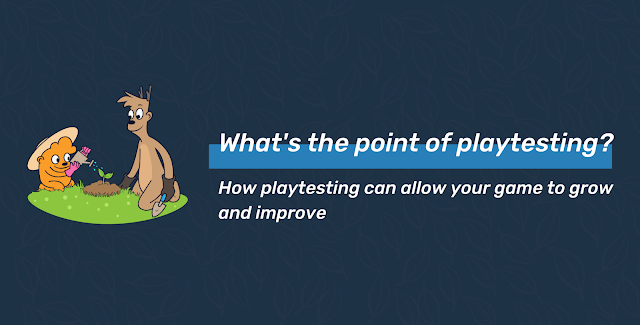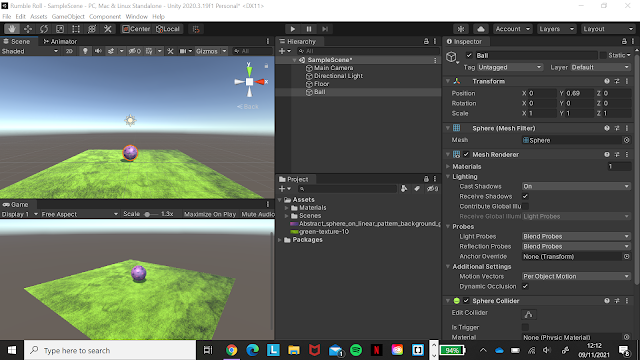Game Testing
Game Testing
The first piece I read was 7 Different Types of Game Testing Techniques by Niranjan Limbachiya. The gaming industry is growing constantly, and game developers often feel like they need to get their games out faster than other to achieve a better response. But this is not really the smartest move as the consumer has the final decision whether the game was rushed or it wasn't simply ready to come out yet. This can of course lead to major dips in sales for that particular game.
So this is why game testing is a vital step in the process as it can catch errors or bugs from a whole new pair of eyes! There are major risks when it comes to game testing, this can be a nervous time for the game developer as it could be simply that their game isn't entertaining enough or unique enough...or it could be down to that their game has poor visuals/audio etc. They need to ensure all these factors are covered before they pass it on for game testing.
Here are a few of the techniques that I have narrowed down the key points that can be used for game testing:
Functionality Testing
Does the game freeze, crash or slow down in parts?
Is it user-friendly?
Easy navigable?
Combinatorial Testing
Testing the game early, this can catch early problems.
Can alter the game at early stages easier rather than later into the game developing.
Improves test effectiveness.
Reduces cost.
Ad Hoc Testing
Radom approach with no documentation.
-Pair testing
-Monkey testing
-buddy testing
Can detect bugs or errors randomly rather than planned testing.
Compatibility Testing
Detects any defects in the functionality.
Can show if the game meets the requirements of the software, hardware and graphics.
Is the UI optimised for various screen sizes?
Clean Room and Tree Testing
Ensuring consistency and reliability of the game software.
Aim to produce a product with negligible errors.
Regression Testing
Tests are re-checked to ensure the functionality of previous testing, even when new features have been added.
Performance Testing
Overall performance.
Real-time scenarios and load.
Checking all the performance contributes.
The second reading for this week was Computer Games are Serious Business and so is their Quality
Software testing is carried out to ensure all requirements are met and that they provide the expected planned behaviors. Test cases creation is more complex in games than regular software. why? This is due to the enormous number of flows, inputs and outputs involved in just a single game action. Which then might be increased by a number of different users. Using mixed-methods can guide you through game testing.
The last reading of the day came from YouTube Channel called Brackeys - How to Playtest!.
Watching this video made be realise I was actual playtesting my own game without realising! I was very excited to show my game to people, I had a bout three friends playtest it and got their feedback and had to tweak a few things. I knew this would benefit me as I needed someone else to play it instead of myself who designed the game and knew how everything worked! In the video, he says even getting a child to playtest can be a plus as they can be brutally honest with you and also they have better reaction times than some older people. Very informative video!!




Comments
Post a Comment